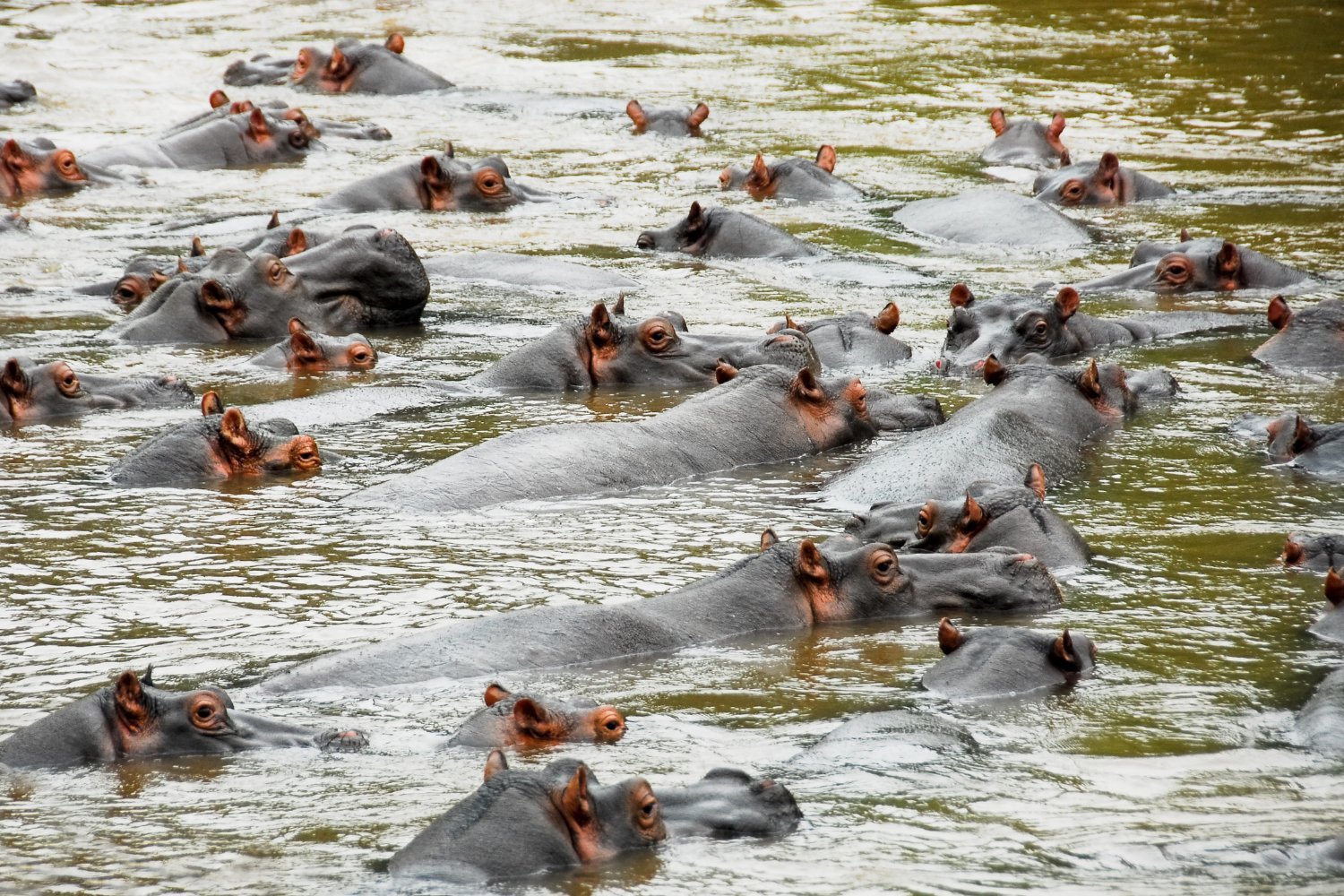A recent outbreak of anthrax in the Democratic Republic of Congo’s Virunga National Park, Africa’s oldest nature reserve, has resulted in the deaths of at least 50 hippos and other large animals. According to officials, the bacterial disease has caused a significant loss of life among the park’s hippo population.
News outlets reported the incident on Tuesday, stating that the hippos were found dead in a river south of Lake Edward, with the deaths believed to have occurred over the past week. Emmanuel de Merode, the park’s director, confirmed that the hippos were discovered floating in the river, but due to logistical challenges, the bodies have not been recovered or buried yet.
De Merode explained to Reuters that the lack of access to the area has hindered their efforts to bury the bodies, which is crucial in preventing the spread of the disease. He stated, “We have the means to limit the spread by burying them with caustic soda.”
Anthrax is a disease caused by the Bacillus bacteria, typically Bacillus anthracis. The symptoms of anthrax vary depending on the mode of infection, but the inhaled form is particularly deadly. If left untreated, inhalation anthrax is almost always fatal in humans. The high fatality rate and potential for airborne transmission have made anthrax a significant bioterrorism threat.
Luckily, natural anthrax is a relatively rare disease in humans, and people usually contract it through contact with infected animals or contaminated animal products. The bacteria can also survive in the soil as spores, which can be inhaled by both humans and animals. Although vaccines exist for livestock and individuals at high risk of exposure, such as military personnel, anthrax can still cause mass animal die-offs.
There have been previous instances of anthrax outbreaks causing significant animal deaths. For example, in 2017, an anthrax outbreak in Namibia’s Bwabwata national park is believed to have killed over 100 hippos. In 2016, an outbreak in Russia resulted in the deaths of over 2,000 reindeer and a 12-year-old child. Additionally, in 2004, anthrax was responsible for killing around 300 hippos in Uganda’s Queen Elizabeth National Park.
The recent deaths in Virunga National Park are particularly devastating for the local hippo population. Due to decades of poaching and war, the population had declined from 20,000 to just a few hundred by 2006. Conservation efforts have since helped to increase the population, but there are still only approximately 1,200 hippos living in the park.
As a precautionary measure, the Congolese Institute for Nature Conservation has advised local residents to avoid wildlife and boil any water collected from nearby sources to minimize the risk of transmission.
Source Link





